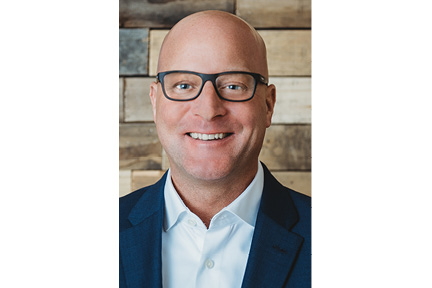Sponsored
Time To Make Roth IRA Conversions
by Kevin Kroskey, CFP®, MBA
Stock and bond markets have taken sharp declines in 2022. The depressed prices make it a great time for you to consider converting some of your tax-deferred assets in your IRA or similar retirement plans into a tax-free Roth IRA. The idea is that by converting now, tax will be paid on the depressed amount, and therefore, less tax will be due. When markets recover, the gains will occur in the Roth IRA and be tax free.
Who Can Benefit
While there are many benefits of a Roth IRA conversion, it is not universally advisable. You are likely to benefit if you have funds available outside your retirement plans to pay taxes on the conversion or expect to be in a similar or higher tax bracket in the future.
Funds held outside of retirement plans generate a yearly 1099 and have associated taxes to be paid due to interest, dividends, and capital gains. This creates a tax drag and can commonly cause a 20% or more loss of the pre-tax return. If your pre-tax return is 8%, your net return after the 20% tax drag due is 6.4%. In dollar terms, assuming a $1 million portfolio, that is a loss of $16,000 each year to Uncle Sam. By utilizing tax inefficient assets to pay taxes for Roth IRA conversions, tax drag can be reduced and you’ll have more accumulating in the tax-free Roth.
As for income tax rates, your tax rate at the time funds are converted verse the time at withdrawal is key. For example, making a conversion today in a 22% marginal tax bracket when the funds could likely be distributed in a 12% marginal tax bracket later would not be smart. Yet, if the conversion could be made in the 22% tax bracket today while avoiding a 25% tax bracket in the future, it is generally a good idea to do so.
Current law is that come 2026, tax rates will go higher – back to what they were in 2017 plus inflation adjustments. In 2017 for a married filing jointly taxpayer, a 25% tax rate started at about $75,000 of taxable income. In 2022, you can have up to $340,000 of taxable income and only pay a 24% rate. Time is ticking until this incredible tax gift sunsets.
Why Retirees
Quite often a retiree in their late 50s or early 60s is an ideal candidate for the strategy. This is so because they tend to meet the key characteristics described above quite well. They also tend to have much greater control over their tax planning now that they have retired.
Let’s assume a successful retiree with $1 million in non-retirement account assets. Let’s also assume they have accumulated another $1.5 million in tax-deferred retirement accounts and retire at the age of 62. They decide to spend their non-retirement accounts first. While they may enjoy low taxes for some years, they may also be creating a bigger tax problem.
The tax-deferred retirement accounts will double over a 10-year period at a 7% investment rate of return. Now at age 72 comes time to begin required minimum distributions, which start at a rate of roughly 4% of the account balance and increase yearly. The retirement accounts total $3 million and the 4% required distribution results in $120,000 of ordinary income at the income tax rates in effect at that time. Add this to Social Security and possibly a pension, and it’s easy to see how one can climb into higher brackets.
Next Steps
With the recent market declines, now is a good time to evaluate the potential benefits of a Roth Conversion strategy, as the gains from the market recovery could be realized tax-free inside a Roth IRA once converted. Those who have funds available outside of retirement plans to pay taxes due or expect to be in a similar or higher tax bracket in the future, tend to be well suited to realize benefits from this strategy.
Precision is generally necessary here. If you’re not well versed in making accurate tax projections and understanding how increasing income may impact healthcare tax credits, Medicare premiums, net investment income tax, consult a qualified CFP® or CPA that has a total view of your retirement planning and can overlay a tax-smart strategy to it. There’s still time for 2022 and likely more to be done in 2023.

Sponsored by
True Wealth Design
Kevin Kroskey, CFP®, MBA is President of True Wealth Design, a wealth management firm with deep expertise in retirement, tax, and investment planning, helping successful families and individuals Plan Smarter and Live Better (TM)
Opinions and claims expressed above are those of the author and do not necessarily reflect those of ScripType Publishing.

